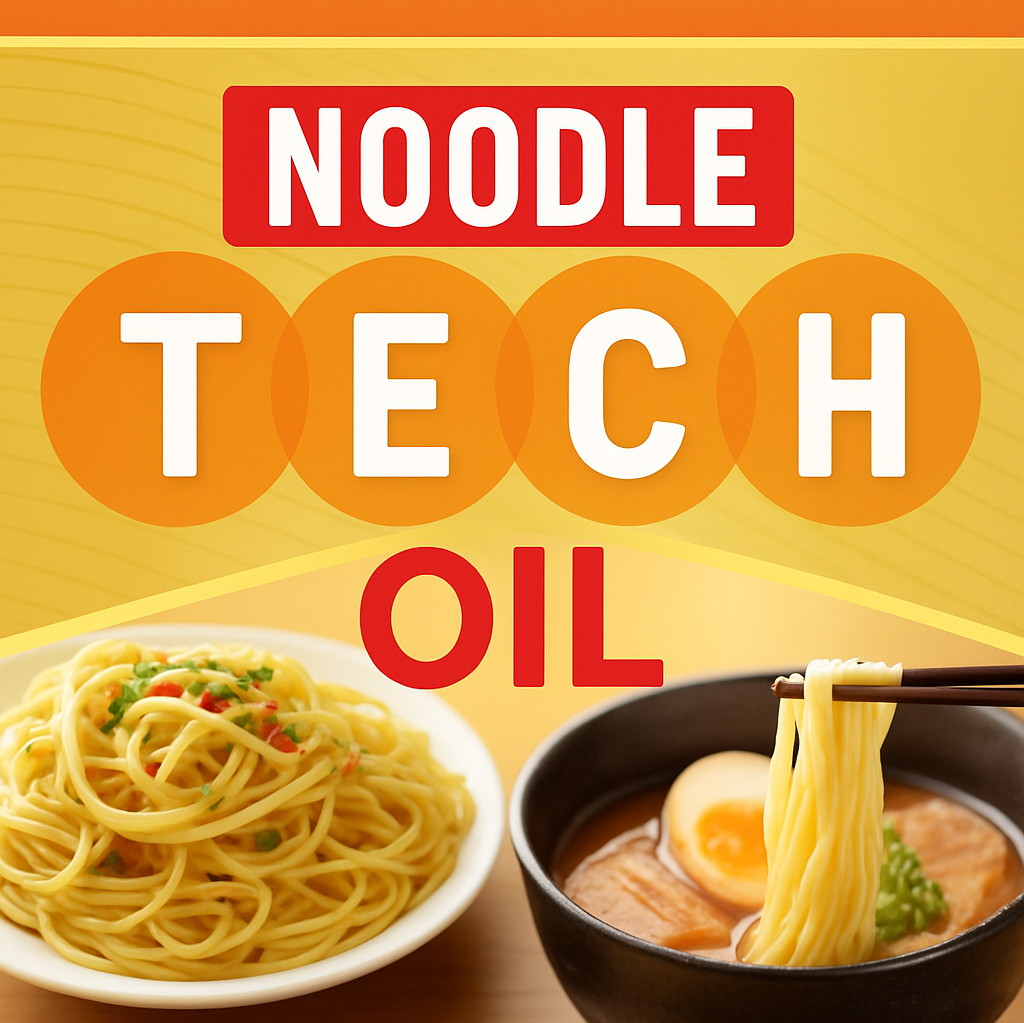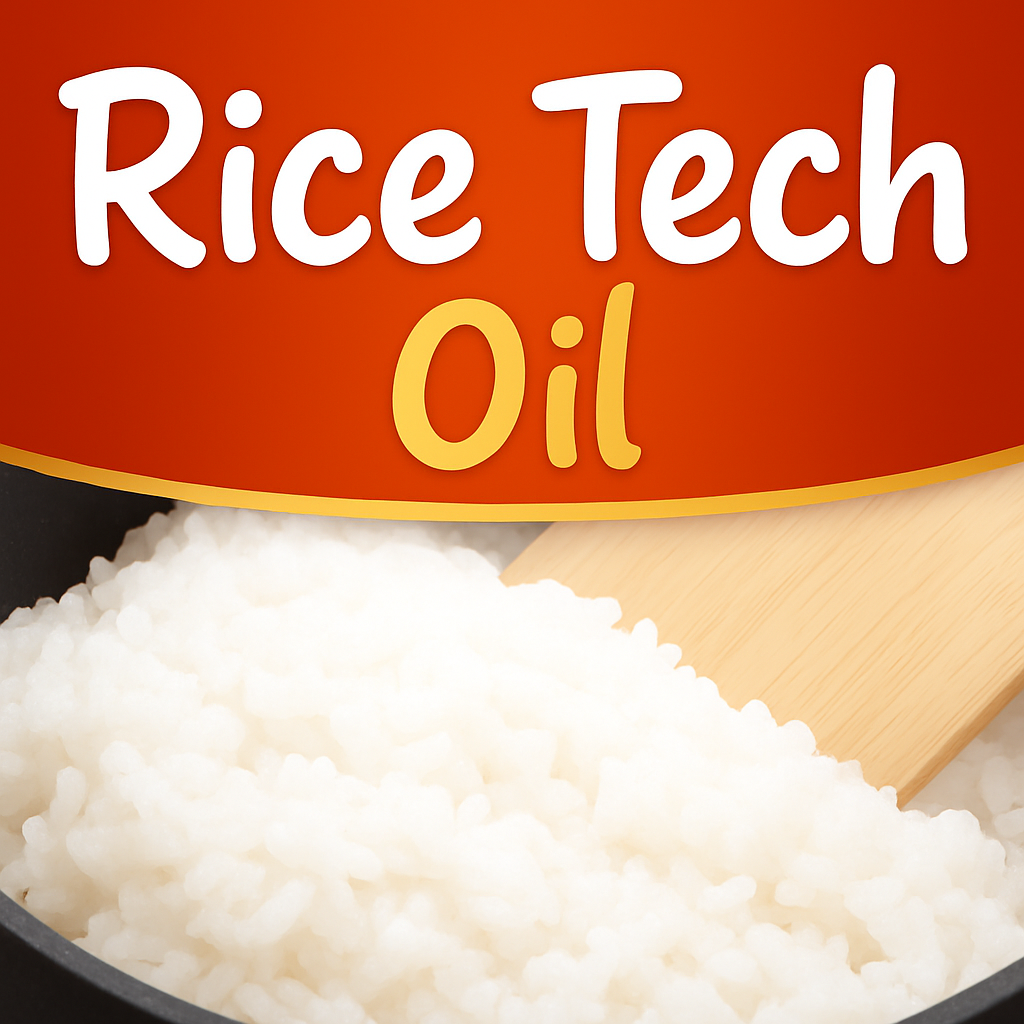Sesame oil is widely recognized as an indispensable ingredient in a number of stir-fried and deep-fried dishes. Yet its usefulness extends far beyond its use in stir-frying and deep-frying. It also makes an extremely versatile seasoning, adding depth of flavor and broadening culinary possibilities.
In this article, we explore some practical ideas and tricks for using sesame oil as a seasoning to expand your menu.
Contents
The Appeal of Sesame Oil
Sesame oil is known for its rich aroma and deep, savory flavor. It complements not only Chinese cuisine but also Japanese, Western, and a wide variety of other culinary styles. Its distinctive fragrance stimulates the appetite, while its depth of flavor enhances the unique taste of different kinds of dishes.
Though typically associated with stir-frying and deep-frying, sesame oil can also be used as a seasoning in a variety of ways.
Add as a finishing touchAdding a small drizzle after cooking gives your finished dishes a robust sesame aroma. Mix into salads or side dishesSesame oil can be added to salads and side dishes to give them a bold aroma and rich flavor. Pair with complementary seasoningsCombine sesame oil with complementary condiments such as soy sauce, mirin, or vinegar for a wider variety of flavors. |
More than just a cooking oil, sesame oil is a truly versatile seasoning which can allow you to refine existing dishes while also adding exciting new options to your menu.
Next, we will cover some useful tips for using sesame oil to develop new menu items.
Using Sesame Oil to Expand Your Menu
Sesame oil’s unique umami and depth can be your best friend in spicing up your restaurant’s menu.For example :
Add to existing dishes
Try adding sesame oil to salad dressings or mixing it into rice balls (onigiri) for new variations on established favorites.
As a flavor enhancer
You can provide sesame oil as a tabletop condiment for soups, or use it as a hidden accent in recipes.
In fusion & experimental dishes
Try incorporating sesame flavor into sauces or a variety of Japanese, Western and Chinese dishes for a new cross-genre fusion.
Adding just a small amount of sesame oil—whether drizzled, mixed, or blended with other condiments—can create fresh taste experiences and inspire innovative menu ideas.
For further insights into how you can create new menu items effectively just by adding small amounts of other seasonings, please see: Less is More: How a Little Seasoning Brings Out New Flavors in Classic Dishes.
Tips for Creating New Menu Items Using Sesame Oil
When creating new dishes that highlight the natural flavor of sesame oil, it is important to consider the following general principles of menu item creation:
Ingredient costsMenu item priceTime and labor required |
Balancing these three factors, rather than maximizing or minimizing any one of them, is essential for successful menu item creation.
Because sesame oil tends to be more expensive than standard cooking oils, cost control is a particularly important factor to take into account. Below we will share some useful tips for managing the cost of using sesame oil.
Approaches to Cost Management
1. Blend with Other Oils
Mixing sesame oil with lighter-flavored oils such as canola or soybean oil can reduce overall costs while maintaining the aroma of the sesame oil. This approach can also balance flavor intensity to suit different dishes and ingredients. However, it does require some degree of additional preparation, storage space, and management.
2. Use Pre-Blended Oils
Cooking oils containing sesame oil can be broadly divided into three categories based on their sesame oil content: pure sesame oil, blended sesame oil, and low-sesame content blended oils.
|
・Pure sesame oil is made entirely from sesame seeds and offers the strongest aroma and flavor, though it is also the most costly. |
One such example is Nissin Superior Sesame Oil, a blended oil developed by Nisshin OilliO. Formulated with just the right amounts of sesame oil and canola oil, this product delivers a fragrant sesame aroma at a cost-effective price. This makes it a valuable option for expanding your menu without compromising on flavor.
To learn more about using blended sesame oils and their cost benefits, you may wish to refer to the following article: The Value of Blended Sesame Oils: Lower Costs Through Smarter Oil Selection.
Unlocking New Possibilities with Sesame Flavor
Sesame oil is more than just a cooking oil-it is a versatile seasoning that enhances aroma, flavor, and our overall perception of each dish. With careful, purposeful use, sesame oil can open up a wide range of possibilities for new menu items as well as fresh takes on all-time favorites.
For establishments concerned about the higher cost of pure sesame oil, blended oils provide a practical alternative.
Nissin Superior Sesame Oil, a carefully balanced blend of a canola oil base with sesame oil, delivers a refined sesame fragrance which does not overpower other ingredients. Its versatility makes it suitable for flavoring, raw consumption, or cooking across Japanese, Western, and other cuisines.




